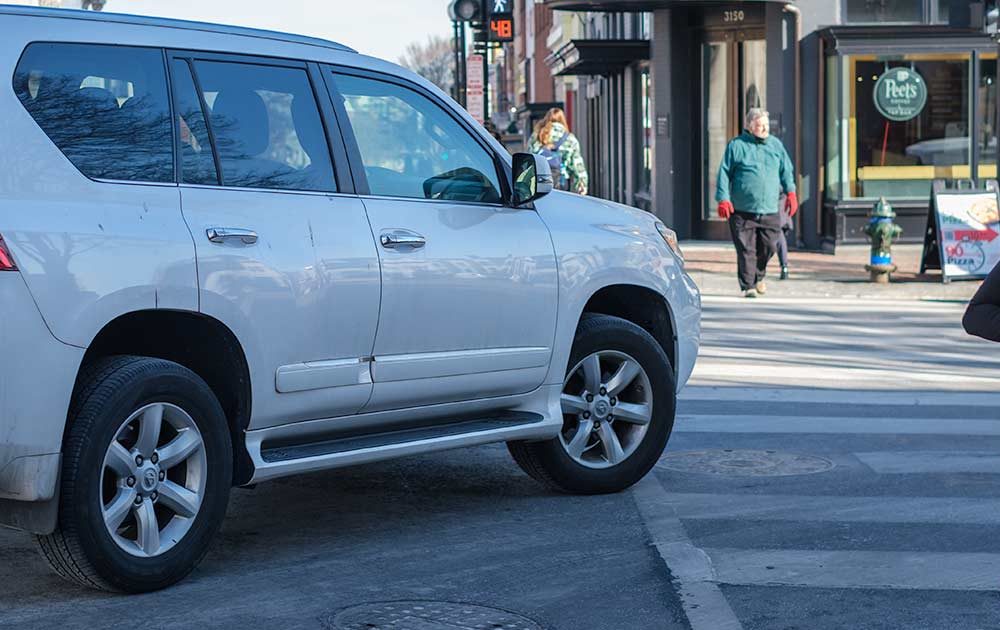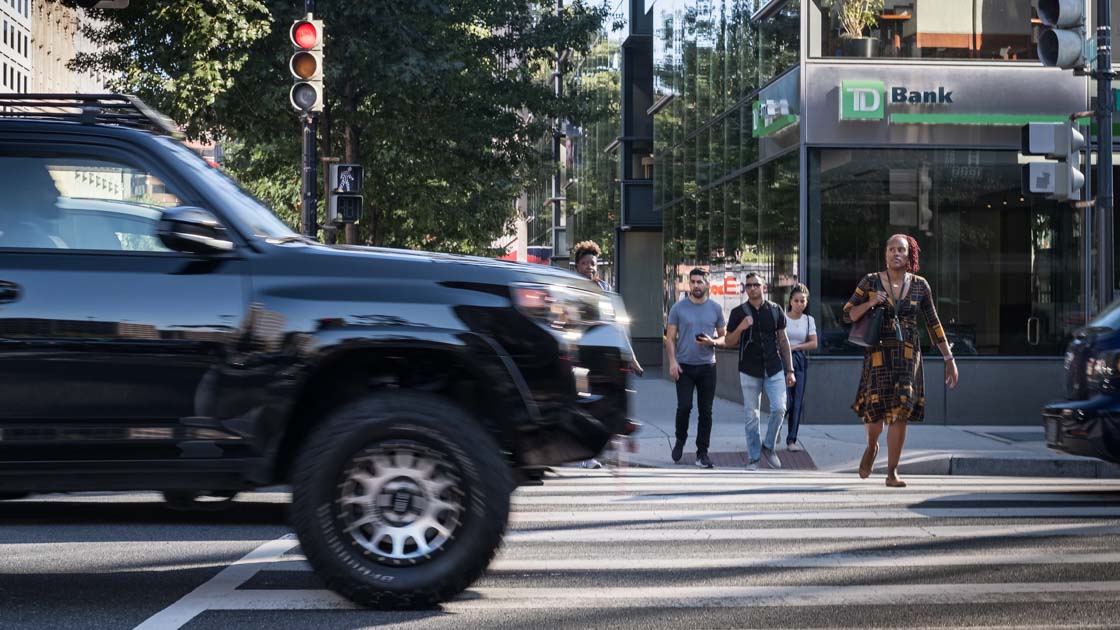Over the past decade, the size of cars and trucks in the United States has increased significantly, contributing to a rise in roadway fatalities, particularly for pedestrians and cyclists. The average U.S. passenger vehicle has grown by about 10 inches in length, 8 inches in height, and 1,000 pounds in weight. This trend has been especially noticeable with the increasing popularity of SUVs and pickup trucks, which now make up more than three-quarters of vehicles on the road, compared to just 38 percent in 2009. Studies show that while these larger vehicles may offer increased safety for occupants, they are much more dangerous for individuals outside the vehicle.
The Correlation Between Vehicle Size and Pedestrian Deaths
A significant concern raised by safety advocates is the direct correlation between the size of vehicles and pedestrian deaths. Vehicles with higher front ends and blunt profiles are 45 percent more likely to cause fatalities in crashes with pedestrians compared to smaller cars and trucks. The increase in fatalities is stark, with annual pedestrian deaths in the U.S. rising more than 75% since they reached their lowest point in 2009. This alarming trend has spurred lawmakers to take action in order to address the growing danger posed by larger vehicles.

To combat this issue, Rep. Mary Gay Scanlon (D-Pa.) and co-sponsors introduced the Pedestrian Safety Act. The bill aims to improve safety by requiring federal standards for hood heights and visibility in vehicles to protect pedestrians and other vulnerable road users. If passed, the legislation would mandate the National Highway Traffic Safety Administration (NHTSA) to establish these standards for all new cars. While similar measures have been proposed in the past, this bill seeks to make pedestrian safety a higher priority through enforceable regulations rather than voluntary measures.
Challenges with Previous Pedestrian Safety Efforts
Although previous efforts to address pedestrian safety have been made, they have often been insufficient. For example, the Bipartisan Infrastructure Law directed the NHTSA to expand its New Car Assessment Program to include pedestrian safety, but the resulting proposal lacked enforcement power. The program’s voluntary nature meant that automakers could opt out, and the pedestrian crashworthiness ratings were not included in the widely recognized five-star safety system. This limitation made it difficult for consumers to access critical safety information when making vehicle purchasing decisions.
The rise in larger vehicles, including SUVs and trucks, has broader implications beyond pedestrian safety. Larger vehicles cause more wear and tear on road infrastructure, require additional parking space, and contribute to higher carbon emissions. The trend reflects a broader cultural shift toward a “car-is-king” mentality in the United States, where larger vehicles are seen as symbols of status and utility. However, these vehicles bring significant environmental and societal costs that are difficult to ignore, and addressing pedestrian safety is just one aspect of the challenges posed by the increasing dominance of larger vehicles on American roads.

